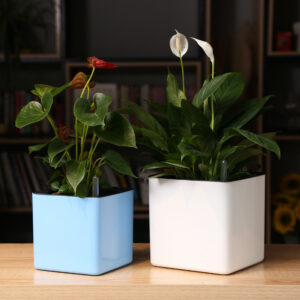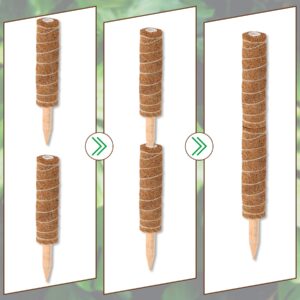When it comes to creating a cozy and refreshing atmosphere at home, few plants are as charming and easygoing as the Spider Plant. How to grow Spider Plant at home is a question that pops up for anyone looking to bring a touch of nature indoors. With its graceful arching leaves and air-purifying qualities, Spider Plant is the perfect companion for those who crave a lively yet low-maintenance addition to their home. Whether you’re new to plant care or simply expanding your green family, let’s dive into how you can welcome and nurture a Spider Plant in your beautiful living space.
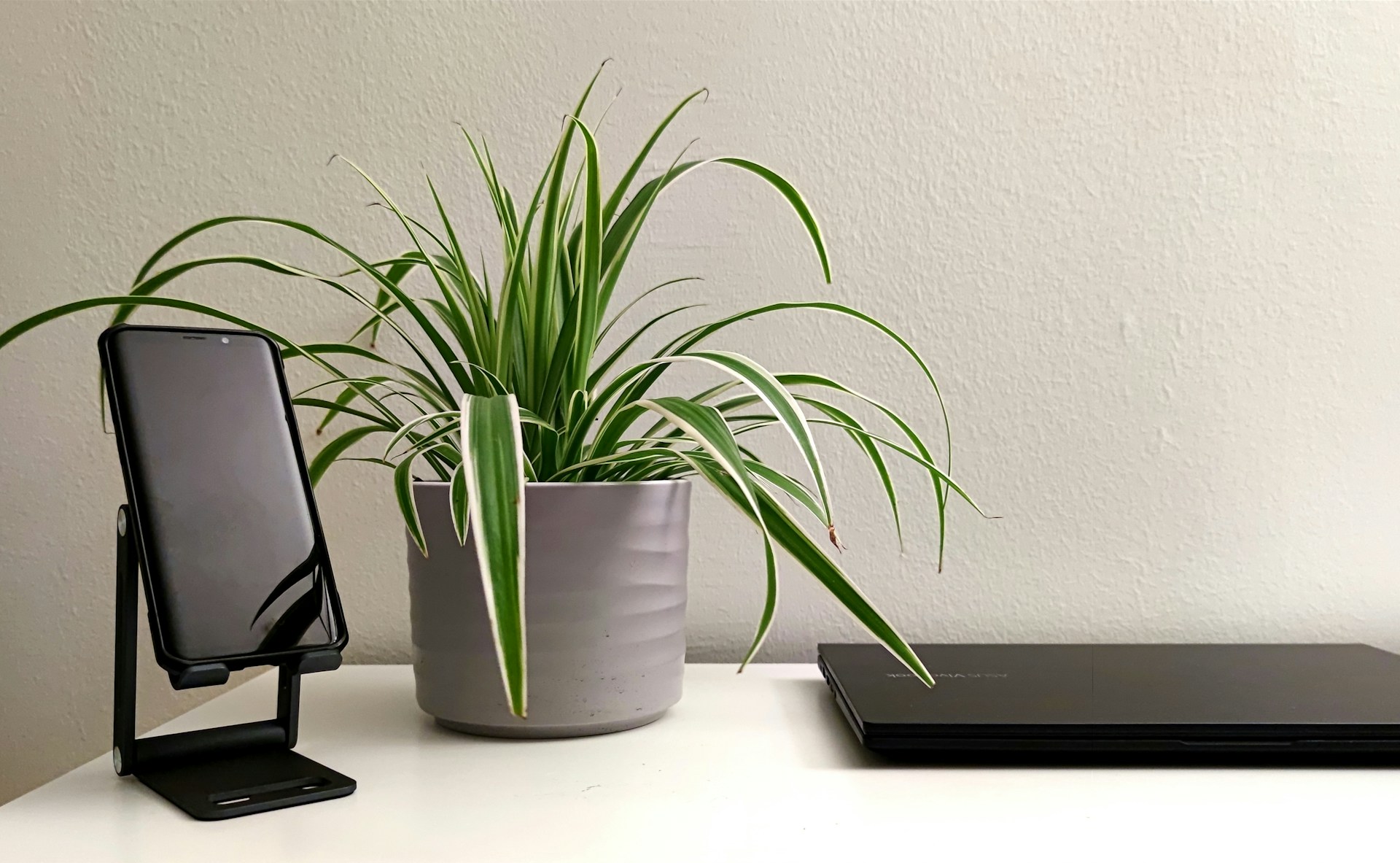
The Perfect Spot for Your Spider Plant
Spider Plants adore bright, indirect light. Direct sunlight can scorch their tender leaves, leaving unsightly marks. That’s why placing them near a window with filtered light is ideal. Think of cozy living rooms, kitchen corners, or even stylish entryways where natural light softly kisses the space.
Don’t forget to rotate your pot every two weeks to ensure even growth on all sides, keeping your Spider Plant looking full and happy.

Creating a Stylish Home with Spider Plants
Spider Plants are not just easy to care for—they’re interior design heroes. Their vibrant green-and-white striped leaves bring a fresh dynamic to modern, boho, or minimalist homes alike. You can hang them in macrame planters, perch them on open shelves, or let them cascade from plant stands to add movement and softness to your decor.
Plus, if you love hosting guests, a flourishing Spider Plant always sparks compliments!
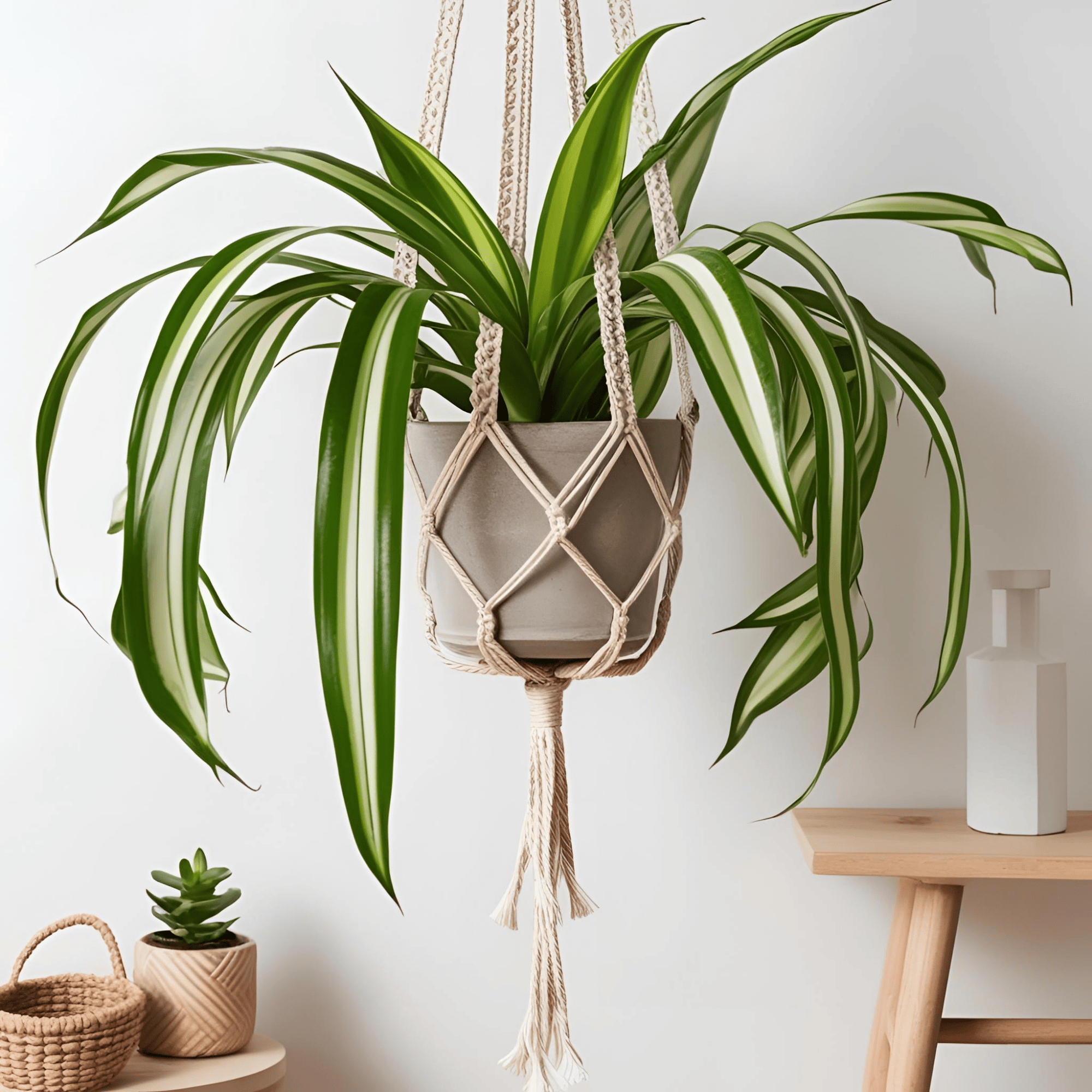
Pet-Friendly and Safe: A Family Favorite
Good news for pet owners: Spider Plants are considered non-toxic to cats and dogs! Even if your curious feline decides to nibble, there’s little to worry about. Still, keeping the plant slightly elevated can prevent overenthusiastic chewing and preserve its gorgeous looks.
It’s a win-win for pet parents seeking style without compromise.
Easy Watering Routine: Keeping it Simple
Too much watering is the most common error among beginner plant owners. Spider Plants thrive when their soil is allowed to dry out a bit before being watered again. Insert your finger roughly an inch deep into the soil—if it feels dry, then watering is needed.
In summer, you might water once a week; in winter, watering every 10–14 days usually suffices. Always ensure your pot has drainage holes to avoid soggy roots.
- All Products
Double Transparent Hydroponic Flower Pot – Self-Watering Clear Plastic Planter for Home & Office
£13.11 Select options This product has multiple variants. The options may be chosen on the product page - All Products
Self-Watering Plastic Flower Pot – Easy Water Absorption for Hassle-Free Plant Care
£23.55 Select options This product has multiple variants. The options may be chosen on the product page - All Products
Self Watering Pot – Automatic Resin Lazy Flower Pot for Indoor Plants and Hydroponics
Price range: £17.99 through £29.99 Select options This product has multiple variants. The options may be chosen on the product page - All Products
Automatic Self-Watering Flower Pot with Visible Water Level – Modern Plastic Planter for Home and Office Use
Price range: £14.57 through £30.41 Select options This product has multiple variants. The options may be chosen on the product page - All Products
Self-Watering Plastic Flower Pots – Round Desktop Planters for Bonsai & Green Plants (Set of 5)
£49.99 Select options This product has multiple variants. The options may be chosen on the product page
Spider Plant Care Tips for Humidity and Temperature
Popular Spider Plants are tropical at heart but incredibly adaptable. They thrive best in temperatures between 18–24°C (65–75°F). Dry air during winter can cause their leaf tips to brown, but don’t panic!
You can boost humidity by placing a tray of pebbles with water underneath the pot or using a room humidifier to keep your green buddy cheerful.
- All Products
Plant Care Humidifier – Ultrasonic, Mute, Intelligent with Remote Control and Aromatherapy
£138.40 Select options This product has multiple variants. The options may be chosen on the product page - All Products
Flame Effect Aromatherapy Humidifier – Ultrasonic Plant Care Device (250 ml)
£29.99 Select options This product has multiple variants. The options may be chosen on the product page - All Products
Ultrasonic Aroma Diffuser with Colorful Night Light – Silent Essential Oil Diffuser with Remote Control
Price range: £76.50 through £83.61 Select options This product has multiple variants. The options may be chosen on the product page - All Products
Portable Humidifier for Plants – Keep Your Greenery Healthy Anywhere
£28.87 Select options This product has multiple variants. The options may be chosen on the product page
How to Repot and Propagate Your Spider Plant
Over time, your Spider Plant will outgrow its pot and produce adorable baby plants, called “pups.” Repotting every 1–2 years into a slightly larger container keeps it thriving. When you spot pups, simply snip them off and plant them in small pots to grow new Spider Plants!
This not only makes your home greener but gives you the perfect gifts for friends and family.
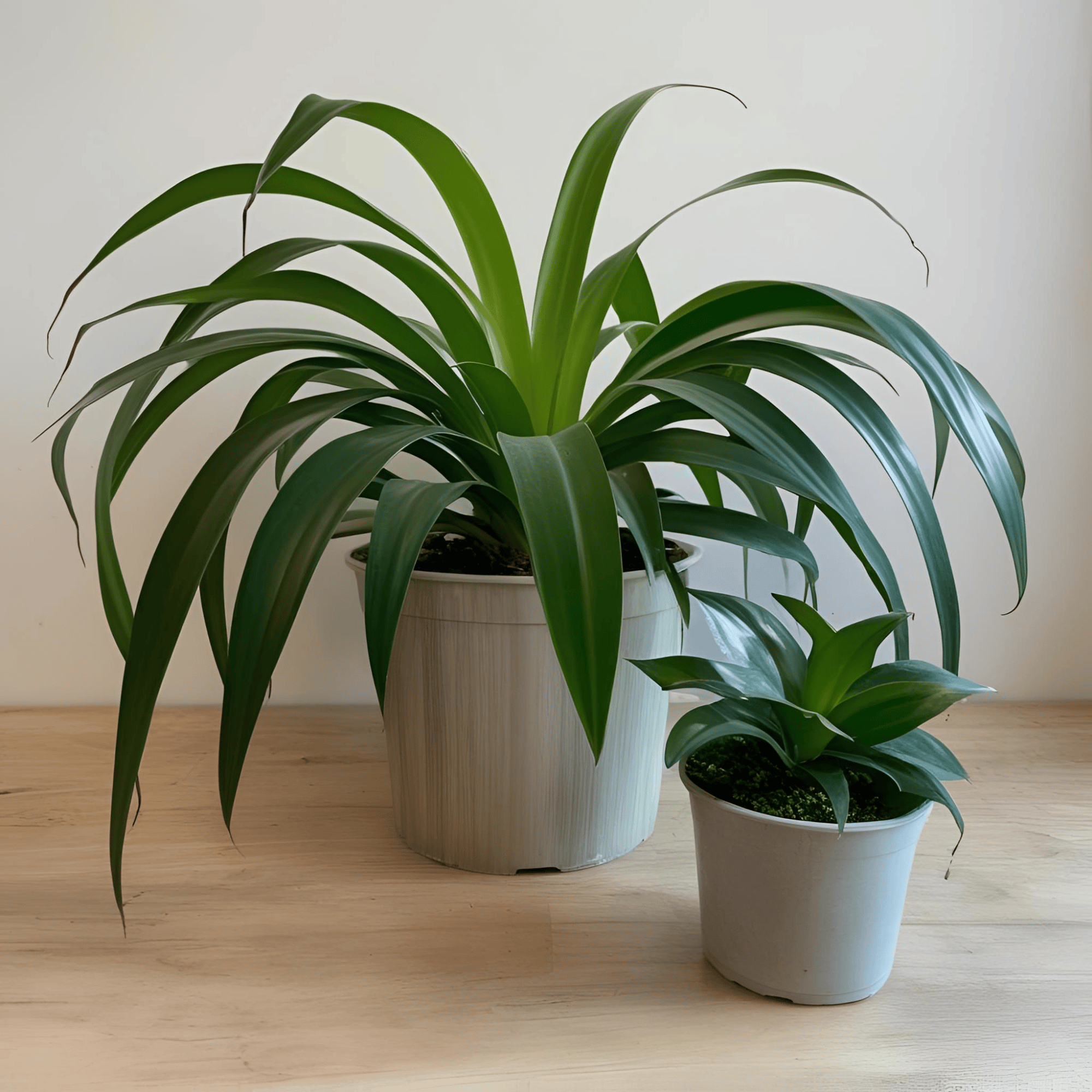
DIY Natural Fertilizer for Spider Plants
Want to go the extra mile? Feed your Spider Plant naturally! A great DIY fertilizer is banana peel tea.
Soak banana peels in water for 2–3 days, strain the liquid, dilute it with fresh water (1 part tea to 5 parts water), and use it to nourish your Spider Plant. The potassium boost enhances leaf vitality, making your home feel even more vibrant.
Supporting Growth: Stakes or Hanging Options
As your Spider Plant matures, it may grow long stems with clusters of pups. You can guide these stems using small stakes if you prefer a neat look, or let them spill freely for a wild, whimsical effect.
Hanging baskets are perfect for showcasing a Spider Plant’s cascading beauty, creating an enchanting corner in your home.
Choosing the Right Pot for Spider Plants
Drainage is critical for Spider Plants. Always pick a pot with ample drainage holes, and avoid pots that trap water at the bottom.
Terracotta pots are a fantastic choice—they allow the soil to breathe and wick away excess moisture naturally, helping prevent root rot.
Conclusion: A Greener, Happier Home Awaits
Growing a Spider Plant at home is like adding a piece of living art to your environment. It brings not only beauty and freshness but also purifies your indoor air and fills your space with positive energy.
With just a little attention and love, your Spider Plant will reward you with vibrant growth and countless baby plants to share the joy. 🌱
External Link Reference:
For more about indoor air-purifying plants, check out the NASA Clean Air Study (NASA, 1989).
Read More:
- What Is Spider Plant? A Comprehensive Guide – Understand why Spider Plants are a must-have for any home.
- Spider Plant Care Guide: Keep Your Plant Healthy and Thriving – Essential care tips for lush and vibrant Spider Plants.
Plant Profile

Common Name

Plant Type

Mature Size

Sun Exposure

Soil Type

Soil pH

Bloom Time

Color

Hardiness Zones

Native Area

Humidity

Lighting

Temperature

Difficulty

Hibernation

Toxicity





